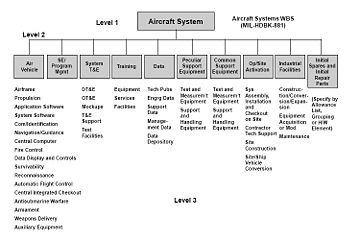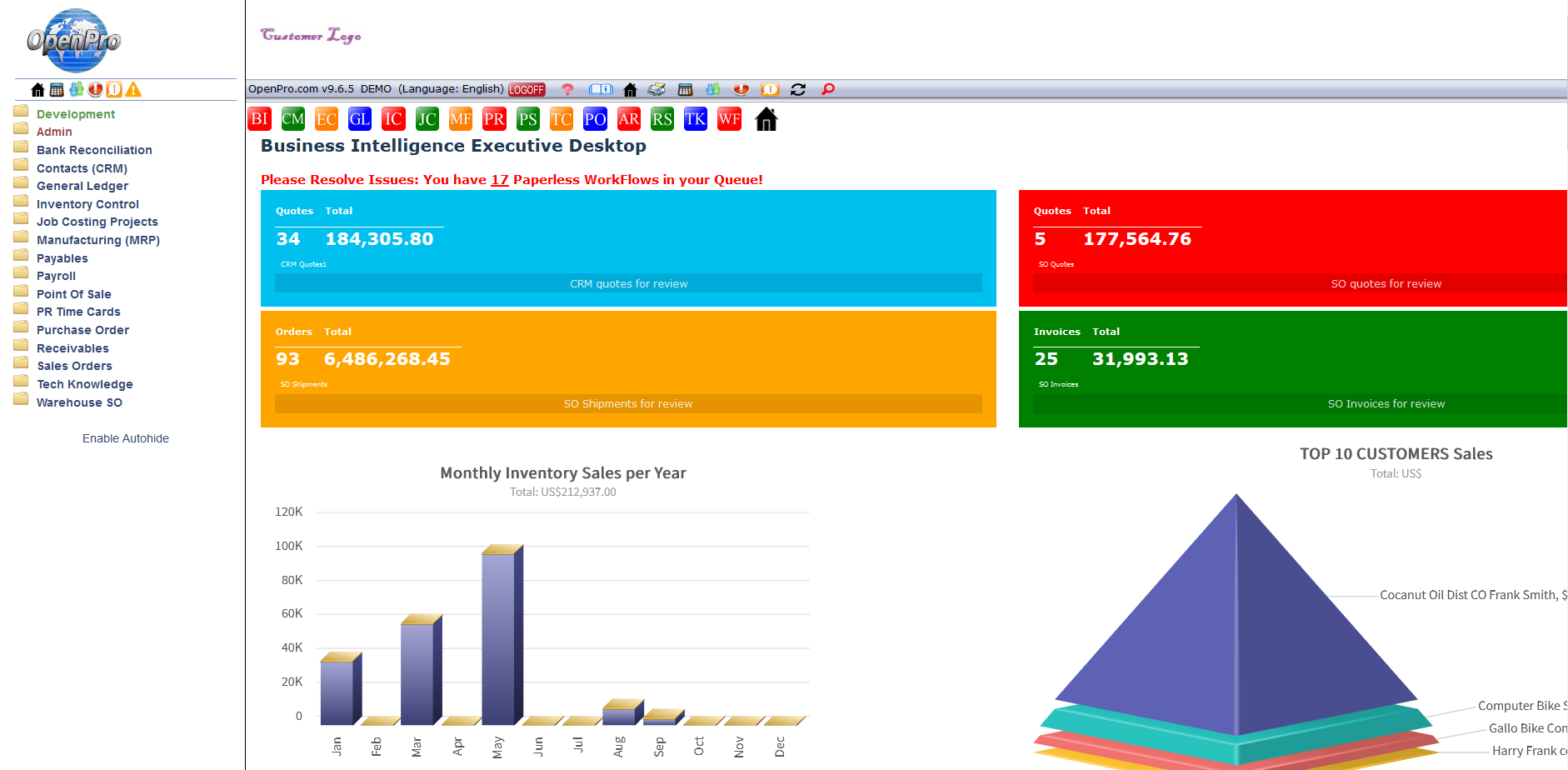OpenPro Job Cost Module
The OpenPro Project Management module tracks all costs related to a specific project, sub-project and task. The Project Management module provides all the information management you need to quickly identify project timelines, costs that are out of line with budget estimates and project requirements. This software is designed to keep track of Government Projects, from small to large projects. The Business Process of the OpenPro system includes the full System Development Life Cycle of Government Projects, Medical Projects, Construction Projects, Engineering Projects, and BioChem Projects. The OpenPro Project Management Module is compliant with WBS, Government Projects Specification and is DCAA compliant. Using a compliant solution that records cost tracking, allocations and billing, while managing internal controls, provides DCAA auditors confidence in the record keeping capabilities of the contractor. That confidence can result in a smoother project from start to finish, which is the goal of any project. OpenPro’s customers find that being DCAA compliant helps them win government contracts.

Flexible Project, Sub-project and Task Codes: With OpenPro Project Management, there are an unlimited number of tasks or activities related to it.
Budget Comparison: The Project Management module monitors each job’s activities, comparing the actual and budgeted figures in terms of units (labor hours), timelines and dollars.
Interaction With Other Modules: The system allows interactive entry, editing and posting. The General Ledger work-in-process account is updated as costs are accumulated; costs and inventory statuses are thereby reflected in the financial statements.
Reports: The OpenPro WBS Project Costing module creates a variety of reports including a listing of all or selected jobs, work-in-process journal, PERT Charts, Gant Charts, Tree Structures, and cost and budget reports.
Work Breakdown Structure: This OpenPro Project Management system uses the Work Breakdown Structure (WBS). A complex project is made manageable by first breaking it down into individual components in a hierarchical structure, known as the Work Breakdown Structure, or the WBS. Such a structure defines tasks that can be completed independently of other tasks, facilitating resource allocation, assignment of responsibilities, and measurement and control of the project.
Terminology for Different Levels Each organization uses its own terminology for classifying WBS components according to their level in the hierarchy. For example, some organizations refer to different levels as tasks, sub-tasks, and work packages, while others use the terms phases, entries, and activities.
Organization by Deliverables or Phases The WBS may be organized around deliverables or phases of the project life cycle. Higher levels in the structure generally are performed by groups. The lowest level in the hierarchy is often comprised of activities performed by individuals, though a WBS that emphasizes deliverables does not necessarily specify activities.
Level of Detail The breaking down of a project into its component parts facilitates resource allocation and the assignment of individual responsibilities. Care should be taken to use a proper level of detail when creating the WBS. On the one extreme, a very high level of detail is likely to result in micro-management. On the other extreme, the tasks may become too large to manage effectively. Defining tasks so that their duration is between several days and a few months works well for most projects.
History of the WBS The WBS was initially developed by the U.S. defense establishment, and it is described in Military Standard (MIL-STD) 881B (25 Mar 93) as follows: “A work breakdown structure is a product-oriented family tree composed of hardware, software, services, data and facilities.. it displays and defines the product(s) to be developed and/or produced and relates the elements of work to be accomplished to each other and to the end product(s).” It requires some mental discipline to develop a product-oriented or deliverable-oriented grouping of project elements adding up to comprise the entire project scope. Intuitively, we tend to start out with a task-oriented approach. This is OK for very small projects where extensive project management controls will not be used. The task-oriented approach is easy to understand, because we can easily think of projects as a collection of tasks. A task-oriented WBS can be developed by beginning with a simple “to-do” list and then clustering the items in a logical way. The logical theme could be project phases, functional areas, or major end-products. If your organization will be collecting historical data to form a cost database, you should try to select a standard approach consistent with the organization’s long term data collection needs. Large, complex projects are organized and comprehended by breaking them into progressively smaller pieces until they are a collection of defined “work packages” that may include a number of tasks. A $1,000,000,000 project is simply a lot of $50,000 projects joined together. The Work Breakdown Structure (WBS) is used to provide the framework for organizing and managing the work.
Existing projects with budgeted and actual labor, material, and overhead rates can be used in structuring new projects and providing comparative information to determine appropriate pricing.
[Inventory Control] [Order Entry][Purchasing] [Sales Analysis][Customer Service] [Demand Forecasting] [E.D.I.] [Point of Sale] [Warehouse Management]
